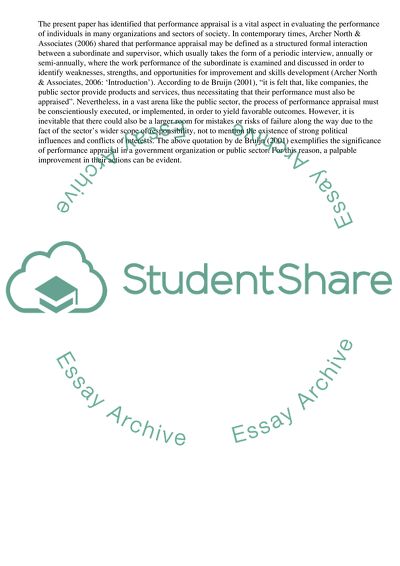Cite this document
(Risk of Failure of Performance Appraisal Schemes Coursework, n.d.)
Risk of Failure of Performance Appraisal Schemes Coursework. Retrieved from https://studentshare.org/management/1725119-performance-mangemant
Risk of Failure of Performance Appraisal Schemes Coursework. Retrieved from https://studentshare.org/management/1725119-performance-mangemant
(Risk of Failure of Performance Appraisal Schemes Coursework)
Risk of Failure of Performance Appraisal Schemes Coursework. https://studentshare.org/management/1725119-performance-mangemant.
Risk of Failure of Performance Appraisal Schemes Coursework. https://studentshare.org/management/1725119-performance-mangemant.
“Risk of Failure of Performance Appraisal Schemes Coursework”, n.d. https://studentshare.org/management/1725119-performance-mangemant.


